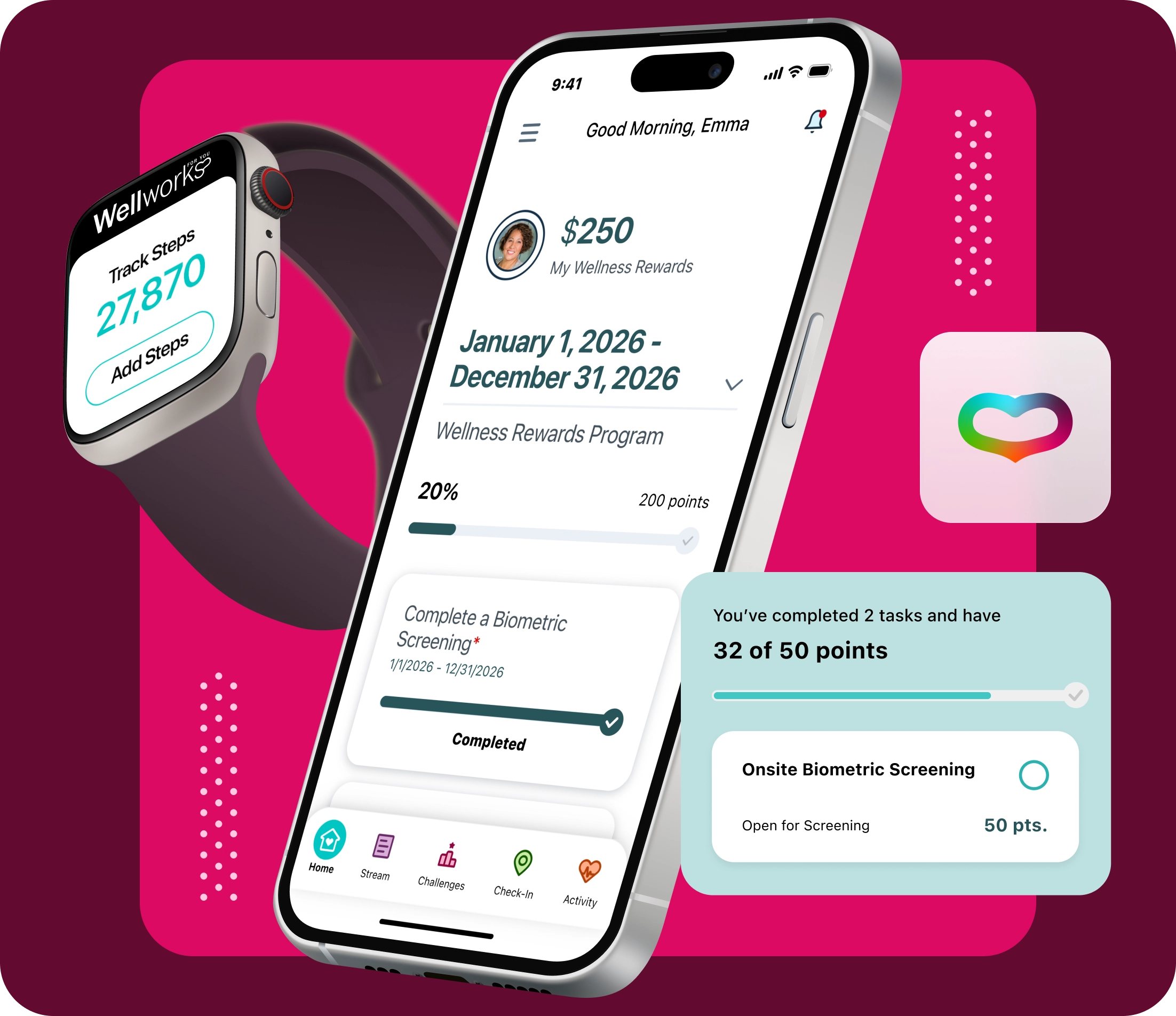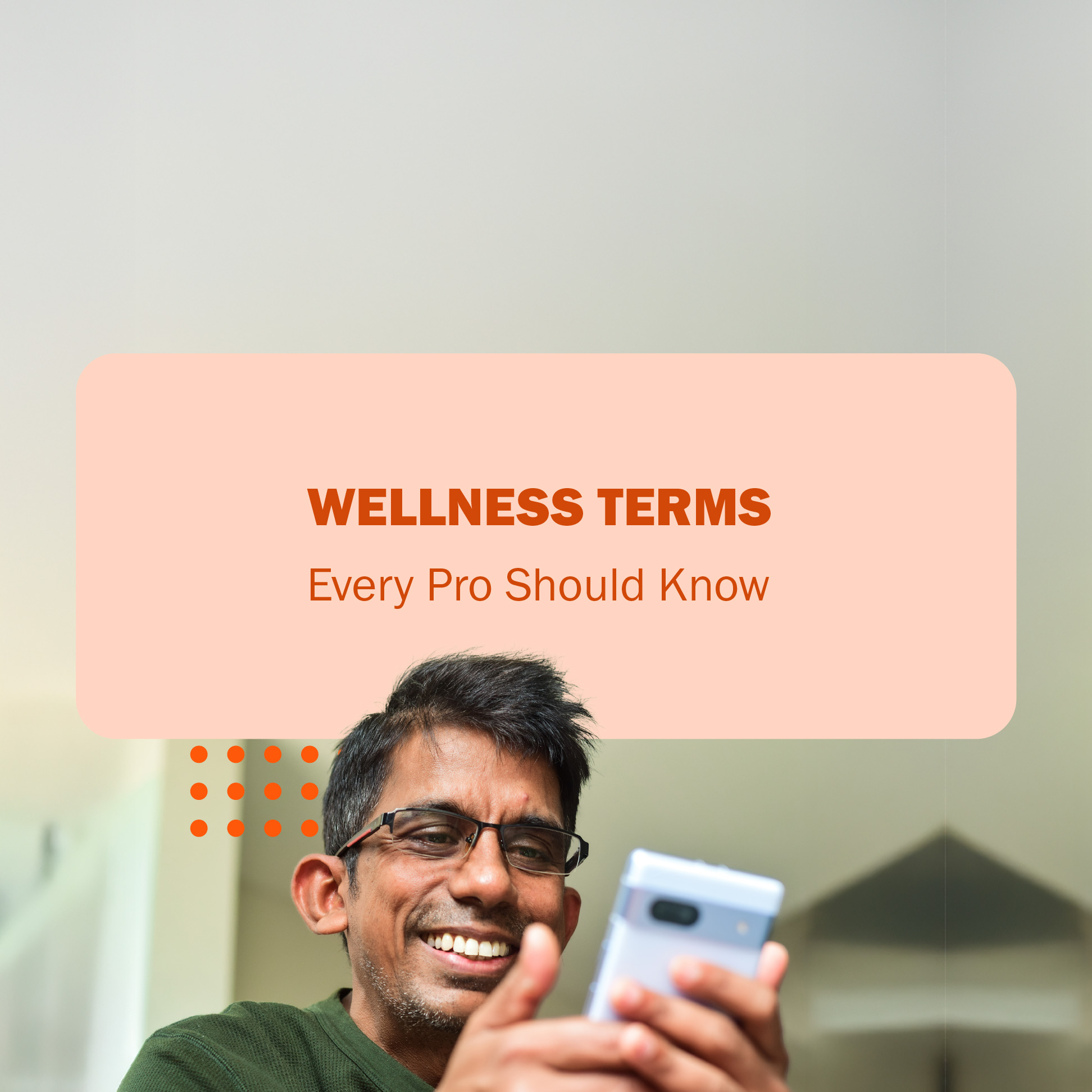
Stand Up, Speak Out: How to be an Advocate for What You Believe In*
To understand how to advocate for what you believe in, it is important to understand what advocacy is. Advocacy is defined as public support for, or recommendation, of a particular cause or policy, and falls on a spectrum. Advocating for what you believe in may be done on either a large or small scale.
There are 3 main types of advocacies:
1. Self-Advocacy- An individual’s ability to effectively communicate, convey, negotiate, or assert their interest, desires, needs, and rights.
2. Individual Advocacy - When a person, or group of people, focus their efforts on one or two individuals. An example would be speaking out on someone else's behalf or advocating for a person or group of people.
3. Systems Advocacy - Involves working to change policies, laws, or rules that impact how someone lives their lives.
Advocacy can be as easy as planning an annual community clean-up or a push for compostable utensils in your lunchroom. However, a common roadblock for most people looking to get involved in their communities is figuring out where and how to get started.
3 Ways to Get Started
1. Fully Understand the Issue – Even if you feel like you already know everything about the topic at hand, there is always more to learn. Be sure you come prepared with research and answers to questions such as:
- Who is impacted by this issue?
- What are some of the consequences of this issue?
- Are there economic costs or benefits of the issue? Who would pay and who would benefit?
Remember, your goal is to gain a deeper understanding of not just the problem, but the intended solution as well. Advocating for what you believe in is about realizing the outcome you would like to achieve while being flexible about the path it takes to get there.
2. Provide Education about the Issue – Before you begin recruiting others, become a resource on the topic yourself. Build a social media page or website - Facebook has an extensive guide about advocacy best practices. If you are looking to meet with people in person, provide factsheets or host a Q&A to educate others before providing a call to action.
3. Community Organizing - Successful advocacy requires connecting with others who believe in the same cause. Ten voices are louder than one. The connections you make along the way are key to ensuring your voice is being heard. Talk to the community that is affected, hear their concerns, and come up with a plan of action to address those concerns. If meeting in person is not possible, consider hosting a virtual event that people can join.
Remember, advocacy is about connecting and coming together with others to gain a better understanding of each other. It has been the catalyst for many of the positive changes we see every day.
For more ideas on how to become involved in your community, check out some of our other blog posts:
Ready to Get Started?
To learn more about what Wellworks for You can offer, please fill out this form and one of our trusty team members will be in contact with you shortly. We can’t wait to meet you!




